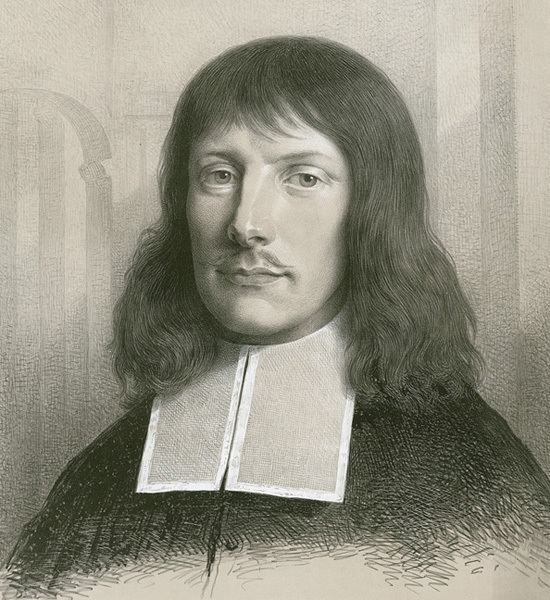 | ||
Herr Gott, Beherrscher aller Dinge (Lord God, ruler of all things), BWV 120a, is a wedding cantata by Johann Sebastian Bach. He composed and first performed it in Leipzig, most likely in 1729.
Contents
History and text
Bach composed the cantata for a wedding in Leipzig probably in 1729, "in great haste", according to Klaus Hofmann, looking at Bach's handwriting and mistakes made by the copiers. Only the vocal parts, a viola part and three continuo parts are extant. As the cantata shares music with other works, particularly BWV 120, but also BWV 1006 and BWV 137, it can be reconstructed. The names of bride and groom are not known. He has been assumed to be a minister, deducted from the text "Herr, fange an, und gib den Segen / auf dieses deines Dieners Haus" (Lord, begin and pronounce your blessing / on this, your servant's house).
The text was written by an anonymous poet. It is in two parts, the second one marked Post copulationem (after the wedding ceremony). The closing chorale is by Joachim Neander, stanzas 4 and 5 of his hymn "Lobe den Herren, den mächtigen König der Ehren".
Scoring and structure
The piece is scored for four solo voices (soprano, alto, tenor, and bass) and a four-part choir, three trumpets, timpani, two oboes, two oboes d'amore, two violins, viola, and basso continuo.
The work has eight movements in two parts:
Part 1
- Chorus: Herr Gott, Beherrscher aller Dinge
- Recitative (tenor, bass, and choir): Wie wunderbar, o Gott, sind deine Werke
- Aria (soprano): Leit, o Gott, durch deine Liebe
Part 2
- Sinfonia
- Recitative (tenor and choir): Herr Zebaoth, Herr, unsrer Väter Gott
- Aria (alto, tenor): Herr, fange an und sprich den Segen
- Recitative (bass): Der Herr, Herr unser Gott, sei mit euch
- Chorale: Lobe den Herren, der deinen Stand sichtbar gesegnet
Music
Of the eight movements, only the three recitatives (movements 2, 5 and 7) are unique to this cantata. Bach parodied movements 1, 3 and 6 in 1730 in the cantata Gott, man lobet dich in der Stille, BWV 120b, celebrating the anniversary of the Augsburg Confession, and in a cantata for Ratswechsel (Inauguration of a new town council), Gott, man lobet dich in der Stille, BWV 120, which Hofmann dates 1742. The respective movement numbers are 2, 4 and 1.
The second movement is in three sections: a secco bass recitative, a choral intervention, and a secco tenor recitative. The first part closes with a "florid" soprano aria in modified ternary form.
Part II opens with a sinfonia which is adapted from the first movement Preludio of the partita for violin solo in E major, BWV 1006, and was in 1731 re-adapted for the cantata for Ratswechsel Wir danken dir, Gott, wir danken dir, BWV 29. The following tenor recitative ends with a choral statement from a litany "Erhör uns, lieber Herre Gott" (Hear us, dear Lord God). The sixth movement is a duet aria in da capo form. The bass recitative, "Bach at his most avuncular", prepares the closing chorale, a setting which appeared as the closing chorale of the chorale cantata Lobe den Herren, den mächtigen König der Ehren, BWV 137, composed in 1725.
